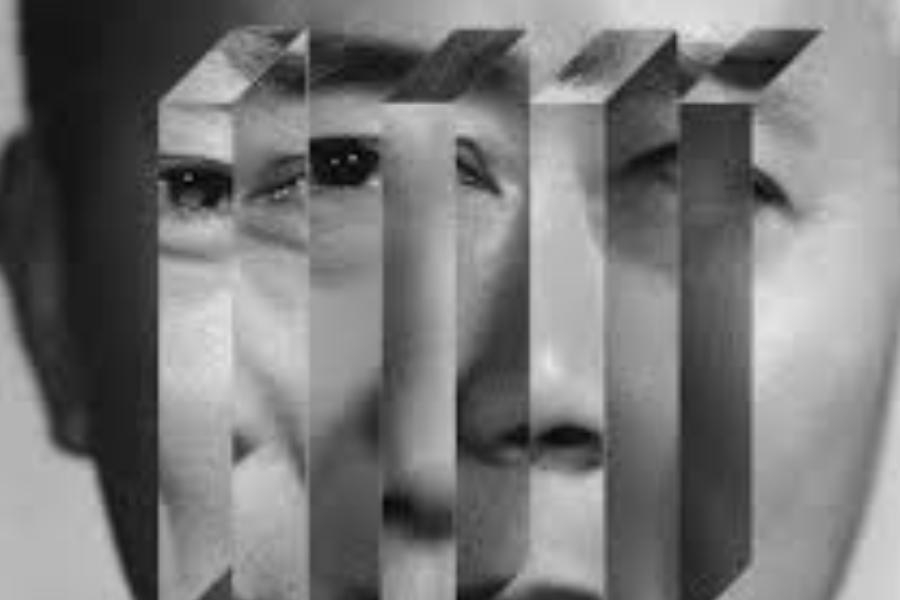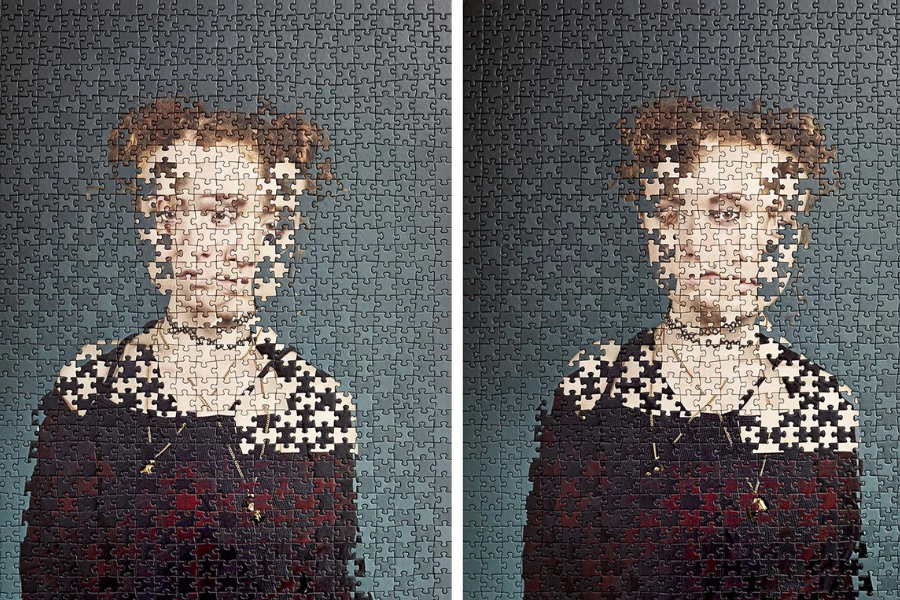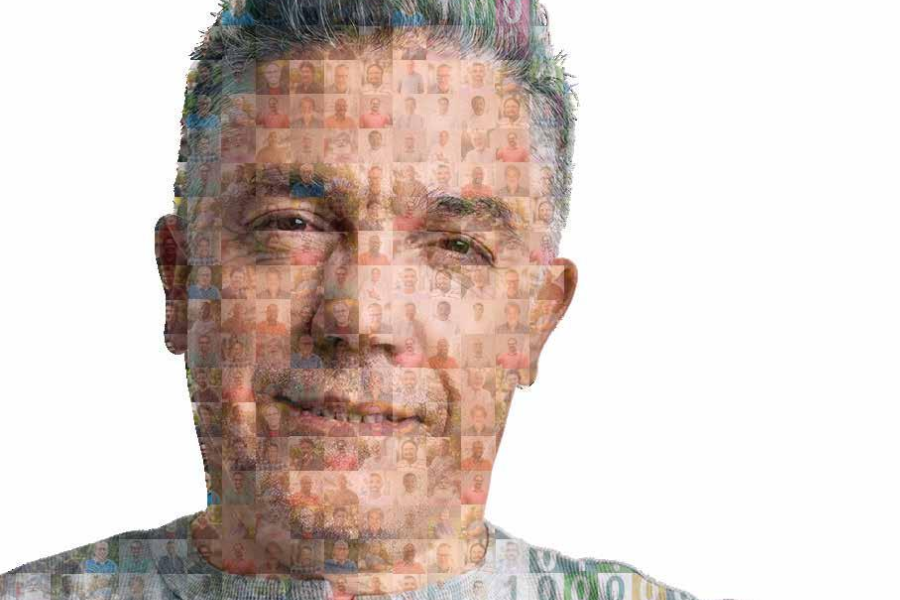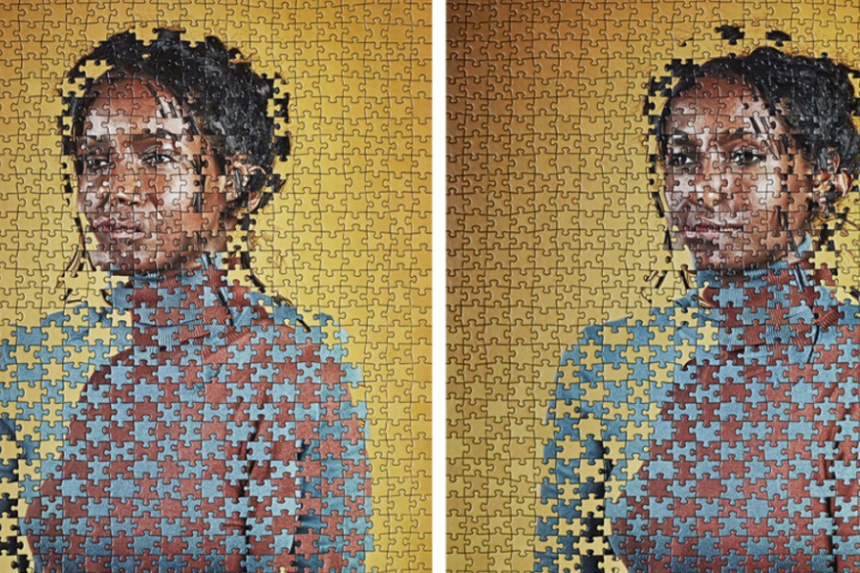In the realm of contemporary art, a curious and thought-provoking form of portraiture has emerged that blurs the lines between visual representation and mathematical complexity. These are known as “teses ureral portaits are like math puzzles portraits,” a term that speaks to their surreal and mathematically intricate nature. Unlike traditional portraiture, which strives for realistic or idealized depictions of human beings, teses ureral portaits are like math puzzles portraits invite the viewer into a world where the familiar faces of humans are transformed through the lens of mathematical principles and visual puzzles. In this article, we will delve into the fascinating intersection of art and math that defines teses ureral portaits are like math puzzles portraits, examining how these complex works challenge both artists and viewers in a profound way.
What are teses ureral portaits are like math puzzles Portraits?
At first glance, a teses ureral portaits are like math puzzles portrait may appear to be just another creative twist on the traditional portrait. However, upon closer inspection, the viewer realizes that these artworks are not merely aesthetic expressions; they are intricate visual puzzles. The term “teses ureral portaits are like math puzzles” itself hints at this departure from the norm—evoking a sense of surrealism and impossibility, where reality is distorted through the application of mathematical precision.

teses ureral portaits are like math puzzles portraits break free from the confines of realistic representation, using abstract and geometric patterns that challenge the viewer’s perception of the human form. They are not concerned with replicating the exact details of a face but instead explore how a face can be interpreted through a more mathematical or conceptual framework. This method of portraiture does not simply depict an individual but rather uses mathematical symbols, equations, and patterns to represent the subject in a way that is visually and intellectually stimulating.
Mathematical Foundations of teses ureral portaits are like math puzzles Portraits
To truly understand the allure of teses ureral portaits are like math puzzles portraits, it’s essential to explore the mathematical principles that inform them. Unlike traditional art forms that may focus on color, shading, or composition, teses ureral portaits are like math puzzles portraits place a strong emphasis on geometric patterns and mathematical structures. These elements are often woven into the fabric of the portrait itself, creating an artwork that is as much about problem-solving as it is about aesthetic enjoyment.
Symmetry is a key concept in many teses ureral portaits are like math puzzles portraits. Symmetry has been studied in mathematics for centuries, and its application in art can create visually satisfying compositions. In teses ureral portaits are like math puzzles portraits, symmetry may not always follow traditional forms; it may be more abstract or chaotic, playing with balance and imbalance in ways that challenge the viewer’s perception.
Fractals, which are infinitely repeating patterns, can be seen in the layered, self-similar aspects of a teses ureral portaits are like math puzzles portrait. For example, a face could be represented by intricate fractal patterns that appear to zoom in on themselves, drawing the viewer into an endless spiral of visual discovery. The golden ratio, often associated with beauty and harmony in nature, may guide the proportions of the portrait, subtly influencing the composition and balance of the artwork.

The Puzzle-like Nature of teses ureral portaits are like math puzzles Portraits
What truly sets teses ureral portaits are like math puzzles portraits apart is the way they function as visual puzzles. Much like solving a complex mathematical problem, interpreting a teses ureral portaits are like math puzzles portrait requires a viewer to engage with the artwork in a more analytical manner. The portrait becomes a kind of challenge, inviting the viewer to uncover the underlying patterns and structures that form its composition.
This puzzle-like nature of teses ureral portaits are like math puzzles portraits makes them intellectually engaging. They require the viewer to move beyond simply appreciating the aesthetic qualities of the artwork and to think critically about the relationships between the various visual elements. In a sense, the viewer becomes a participant in the creation of meaning within the portrait. Every line, curve, and geometric shape contributes to a larger mathematical or conceptual framework, and it is up to the viewer to decode this structure and find their own interpretation.
For artists, creating a teses ureral portaits are like math puzzles portrait involves a similar process. The artist must think like a mathematician, considering how different shapes and patterns can be combined to create a harmonious yet complex portrait. This often involves manipulating mathematical equations or using computational tools to generate the necessary forms. The result is an artwork that transcends traditional portraiture, offering both a visual and intellectual experience.
Creating teses ureral portaits are like math puzzles Portraits: An Interdisciplinary Approach
The creation of a teses ureral portaits are like math puzzles portrait requires an interdisciplinary approach, blending the skills of the artist with the knowledge of the mathematician. Artists who specialize in teses ureral portaits are like math puzzles portraits must have a deep understanding of both artistic techniques and mathematical concepts, as well as the ability to combine these two fields in innovative ways.
The first step in creating a teses ureral portaits are like math puzzles portrait is conceptualizing the portrait’s subject. Rather than focusing on realism, the artist considers how to abstractly represent the person through mathematical principles. This could involve using symmetry, fractals, or other geometric forms to convey the subject’s essence. Artists may experiment with different mathematical structures, adjusting their approach based on the desired effect.
The next step is to translate these mathematical ideas into visual forms. This often involves sketching out the basic shapes and patterns that will be used in the portrait. The artist may use a variety of digital tools to refine these shapes, ensuring that they align with the mathematical structure and visual aesthetic they aim to achieve. The final portrait may be a blend of hand-drawn elements and digital manipulation, resulting in a strikingly unique and complex piece of art.

Examples of teses ureral portaits are like math puzzles Portraits in Modern Art
While the concept of teses ureral portaits are like math puzzles portraits is relatively new, several contemporary artists have embraced this form of expression. These artists often blur the boundaries between art, mathematics, and technology, producing works that challenge our understanding of both disciplines.
One example is the work of artist Rob Gonsalves, who incorporates elements of mathematical patterns and optical illusions into his paintings. While not strictly teses ureral portaits are like math puzzles portraits, Gonsalves’ works often feature faces that seem to emerge from a series of interconnected geometric shapes, creating a sense of ambiguity and transformation.
Another example is Julian Voss-Andreae, who blends art and science in his works, creating sculptures that explore the intersection of quantum physics and visual art. His pieces often include elements of symmetry and abstract forms that mirror the mathematical principles found in teses ureral portaits are like math puzzles portraits.
By examining these artists and their works, we can gain a better understanding of how math and art can be combined to create portraits that are both visually striking and intellectually stimulating.
The Science Behind teses ureral portaits are like math puzzles Portraits
While the creation of teses ureral portaits are like math puzzles portraits is an artistic endeavor, the science behind these works plays an important role in shaping how viewers experience them. The use of geometric patterns, symmetry, and other mathematical structures can have a psychological impact on the viewer, engaging the brain in unique ways.
Studies in psychology have shown that our brains are naturally drawn to symmetry and patterns. When we encounter symmetrical shapes or repeating patterns, our brains process these elements more efficiently, leading to a sense of harmony and visual satisfaction. teses ureral portaits are like math puzzles portraits tap into this cognitive preference, creating works that are not only visually intriguing but also psychologically engaging.
At the same time, the abstract nature of teses ureral portaits are like math puzzles portraits can challenge the viewer’s cognitive processes. Rather than offering an immediate, easily recognizable image, these portraits require the viewer to engage in deeper levels of interpretation. This intellectual challenge adds to the allure of the artwork, making it more engaging and memorable.
How teses ureral portaits are like math puzzles Portraits Change the Way We Think About Art
teses ureral portaits are like math puzzles portraits represent a shift in how we think about art and its relationship to mathematics. By incorporating mathematical principles into portraiture, artists are able to push the boundaries of what art can be. This fusion of science and creativity challenges traditional notions of what a portrait should look like and how it should be interpreted.
Moreover, teses ureral portaits are like math puzzles portraits demonstrate the potential for art to be more than just aesthetic enjoyment; they can also be intellectual and educational experiences. Viewers are encouraged to think critically about the relationships between shapes, patterns, and figures, using their mathematical understanding to decode the meaning behind the artwork.
This merging of art and mathematics also opens up new possibilities for future works of art. As technology continues to evolve, artists may find even more innovative ways to incorporate mathematical concepts into their work, leading to the creation of new and exciting forms of artistic expression.
Why teses ureral portaits are like math puzzles Portraits Are So Captivating
There is something inherently captivating about teses ureral portaits are like math puzzles portraits. Perhaps it is the sense of mystery they evoke, as viewers try to piece together the abstract elements that make up the portrait. Or maybe it is the intellectual satisfaction that comes from deciphering the complex mathematical structures hidden within the artwork. Whatever the reason, teses ureral portaits are like math puzzles portraits offer an experience that is both visually stimulating and mentally challenging.
For the artist, creating a teses ureral portaits are like math puzzles portrait is an opportunity to explore the intersection of two disciplines—art and mathematics—that are often seen as separate. By merging these worlds, artists are able to create works that are not only visually stunning but also intellectually stimulating.
The Future of teses ureral portaits are like math puzzles Portraits in Contemporary Art
As technology advances, the possibilities for teses ureral portaits are like math puzzles portraits continue to expand. With the advent of digital art and artificial intelligence, artists can now experiment with more complex mathematical models and computational techniques, leading to the creation of even more intricate and abstract portraits.
In the future, we may see more widespread recognition of teses ureral portaits are like math puzzles portraits as a legitimate form of contemporary art. As the lines between art, math, and technology continue to blur, these portraits will undoubtedly play a central role in shaping the future of artistic expression.
Facts About teses ureral portaits are like math puzzles Portraits
- A Unique Intersection of Art and Math: teses ureral portaits are like math puzzles portraits combine elements of traditional portraiture with mathematical concepts such as symmetry, geometry, and fractals. This fusion creates art that is both visually striking and intellectually stimulating.
- The Role of Geometry: Many teses ureral portaits are like math puzzles portraits utilize geometric shapes—such as circles, polygons, and lines—as a fundamental part of the composition. These shapes often reflect mathematical principles like the golden ratio or fractals, which are known for their visual appeal.
- Symmetry and Balance: Symmetry plays a crucial role in the creation of teses ureral portaits are like math puzzles portraits. These artworks often employ both traditional and non-traditional forms of symmetry, including mirror symmetry, rotational symmetry, or even chaotic forms of symmetry that challenge the viewer’s perception.
- Mathematical Puzzles: teses ureral portaits are like math puzzles portraits are designed to engage the viewer in an interactive way. Much like solving a complex mathematical puzzle, interpreting these portraits requires effort and intellectual engagement to decipher their underlying structure.
- The Influence of Fractals: Fractals, which are self-repeating patterns that can be found at every level of magnification, are often integrated into teses ureral portaits are like math puzzles portraits. These intricate, infinitely repeating designs create a sense of depth and complexity, inviting the viewer to explore the artwork from various angles.
Frequently Asked Questions (FAQs)
Q1: What exactly is a teses ureral portaits are like math puzzles portrait?
A teses ureral portaits are like math puzzles portrait is a type of artwork that combines traditional portraiture with mathematical principles, such as symmetry, geometry, and fractals. These portraits often feature abstract forms and patterns that transform the human face or figure into a visually complex structure.
Q2: How do math and art come together in teses ureral portaits are like math puzzles portraits?
Mathematical concepts, such as symmetry, geometric shapes, and fractals, are integrated into the artwork. These principles shape the composition of the portrait and create visual patterns that challenge the viewer’s perception and intellectual engagement.
Q3: Are teses ureral portaits are like math puzzles portraits meant to be realistic?
No, teses ureral portaits are like math puzzles portraits are not focused on realism. Instead, they aim to represent the subject in a more abstract or conceptual way, using mathematical patterns and shapes to create a unique interpretation of the subject.
Q4: How do viewers interpret teses ureral portaits are like math puzzles portraits?
Viewers interpret teses ureral portaits are like math puzzles portraits by looking for the underlying mathematical patterns and structures. These artworks are designed to function as puzzles, inviting the viewer to decode the visual elements and understand how they fit together mathematically.
Q5: Can technology be used to create teses ureral portaits are like math puzzles portraits?
Yes, many artists use digital tools and computational techniques to create teses ureral portaits are like math puzzles portraits. These tools allow artists to generate complex mathematical patterns and experiment with different visual structures that would be difficult to achieve manually.
Conclusion
teses ureral portaits are like math puzzles portraits represent a groundbreaking fusion of art and mathematics, offering a fresh perspective on portraiture. By incorporating mathematical principles such as symmetry, geometry, and fractals, these artworks challenge both the traditional expectations of portraiture and the way we perceive and interact with art. teses ureral portaits are like math puzzles portraits transform the simple act of viewing into an intellectual exercise, engaging the viewer in a puzzle-like experience that requires decoding and interpretation.
As technology continues to advance, the possibilities for creating even more complex and abstract teses ureral portaits are like math puzzles portraits will expand, offering exciting opportunities for artists and mathematicians to collaborate. This form of art not only pushes the boundaries of creativity but also highlights the deep connection between visual art and the mathematical structures that govern the world around us.
In the future, we can expect teses ureral portaits are like math puzzles portraits to gain even more recognition, as they represent a unique convergence of science, mathematics, and creative expression. For both artists and viewers alike, they offer a fascinating way to explore the intersection of two fields that are often seen as separate, demonstrating the infinite possibilities that arise when creativity and logic come together.
Stay Connected: Evolve to Future
